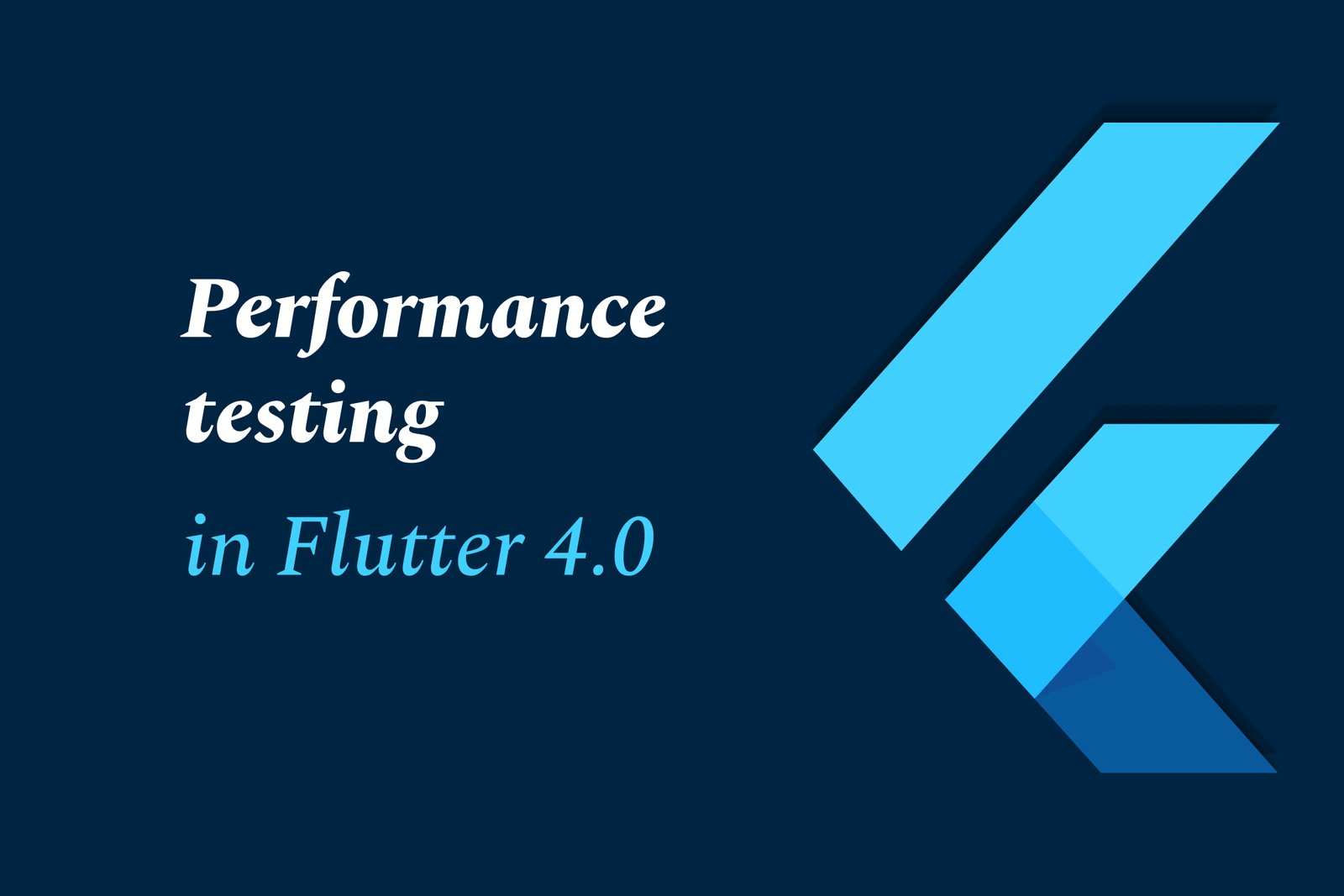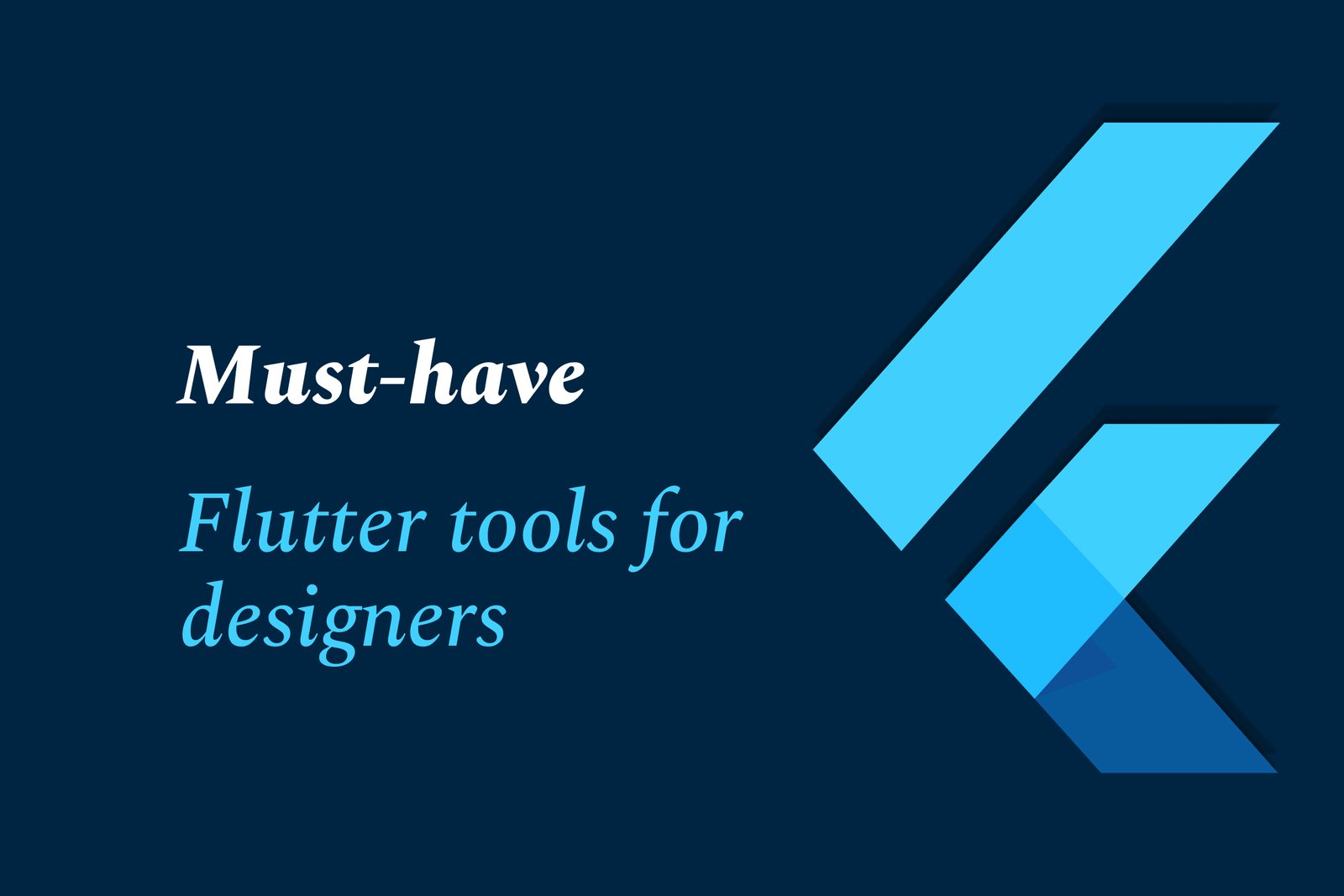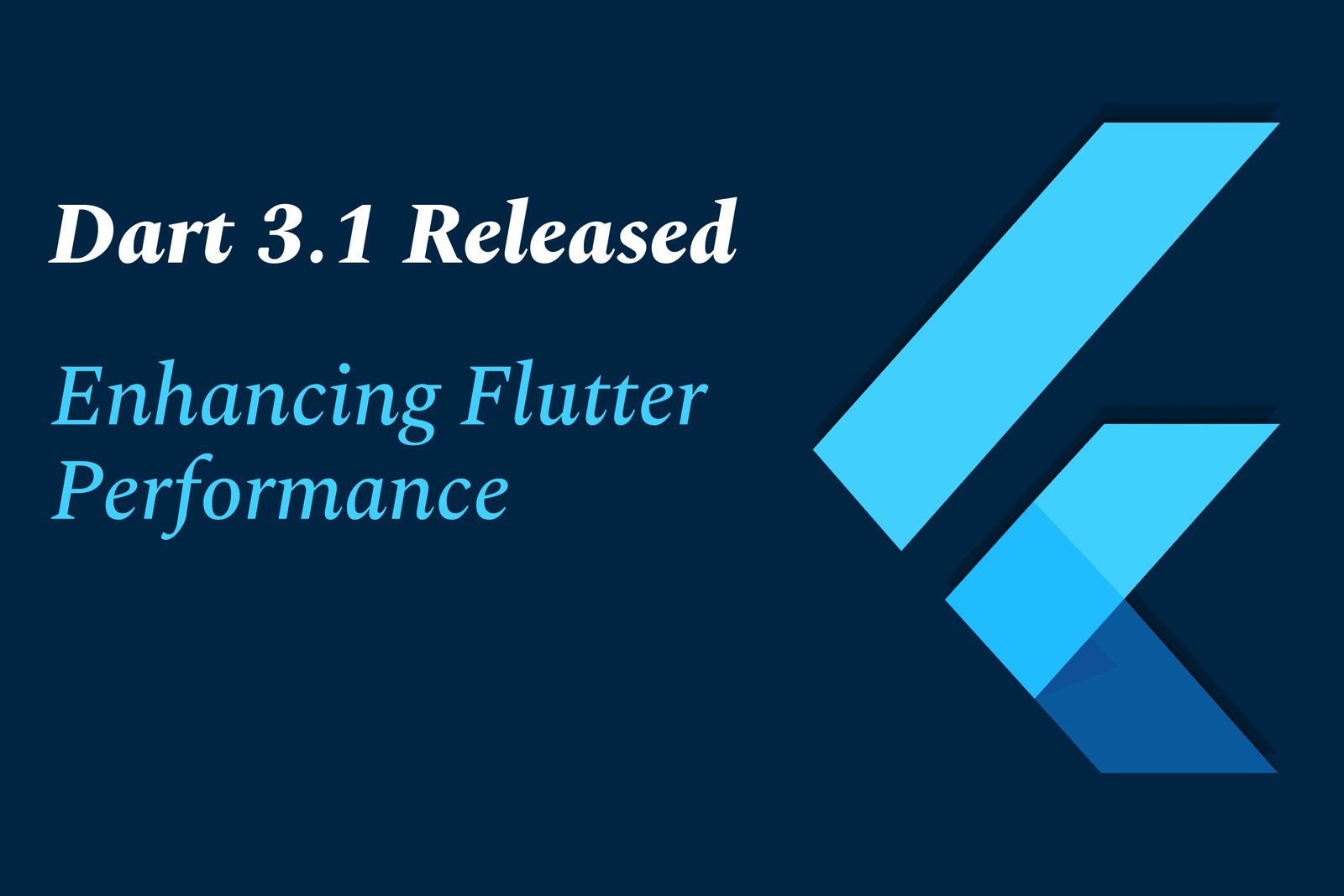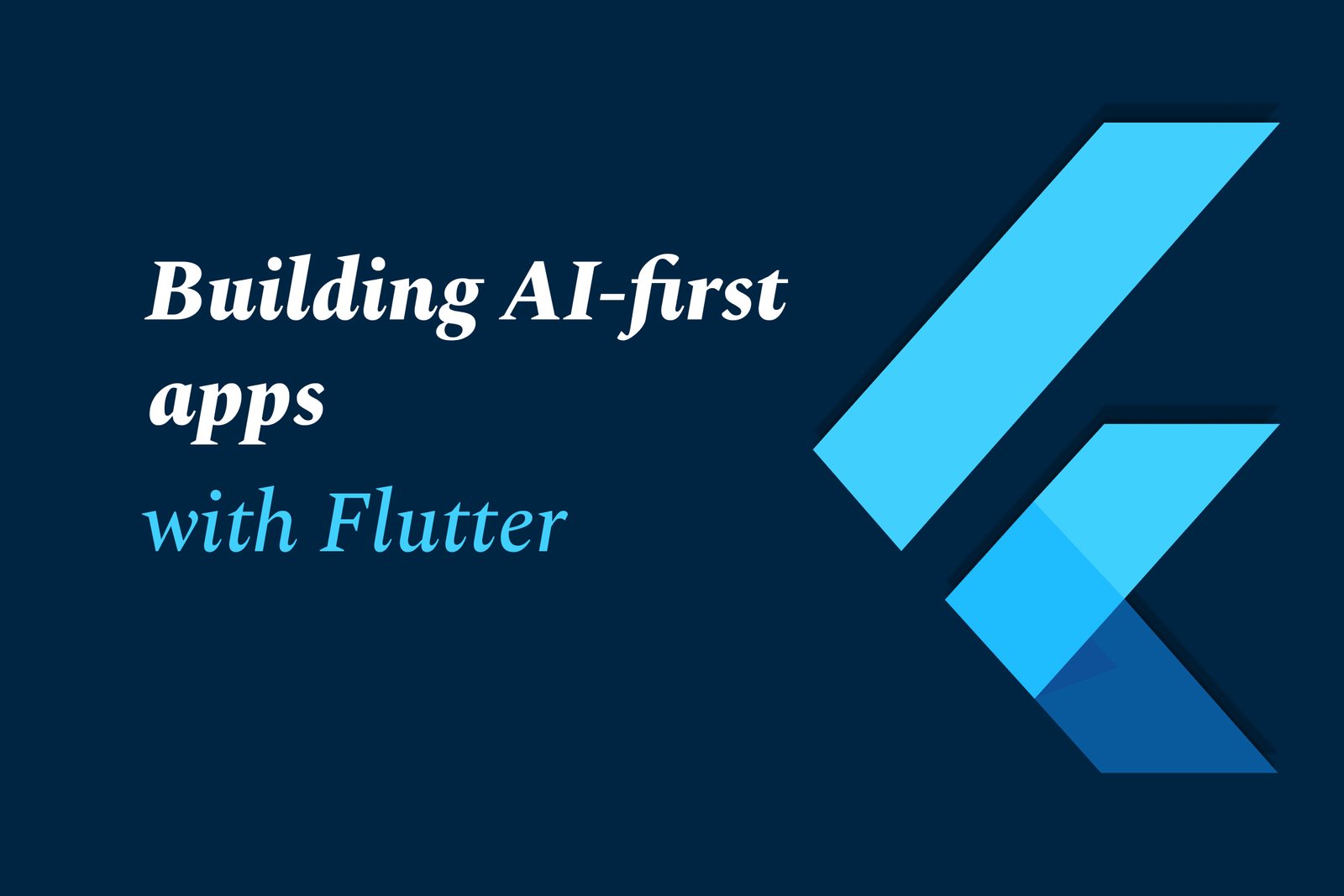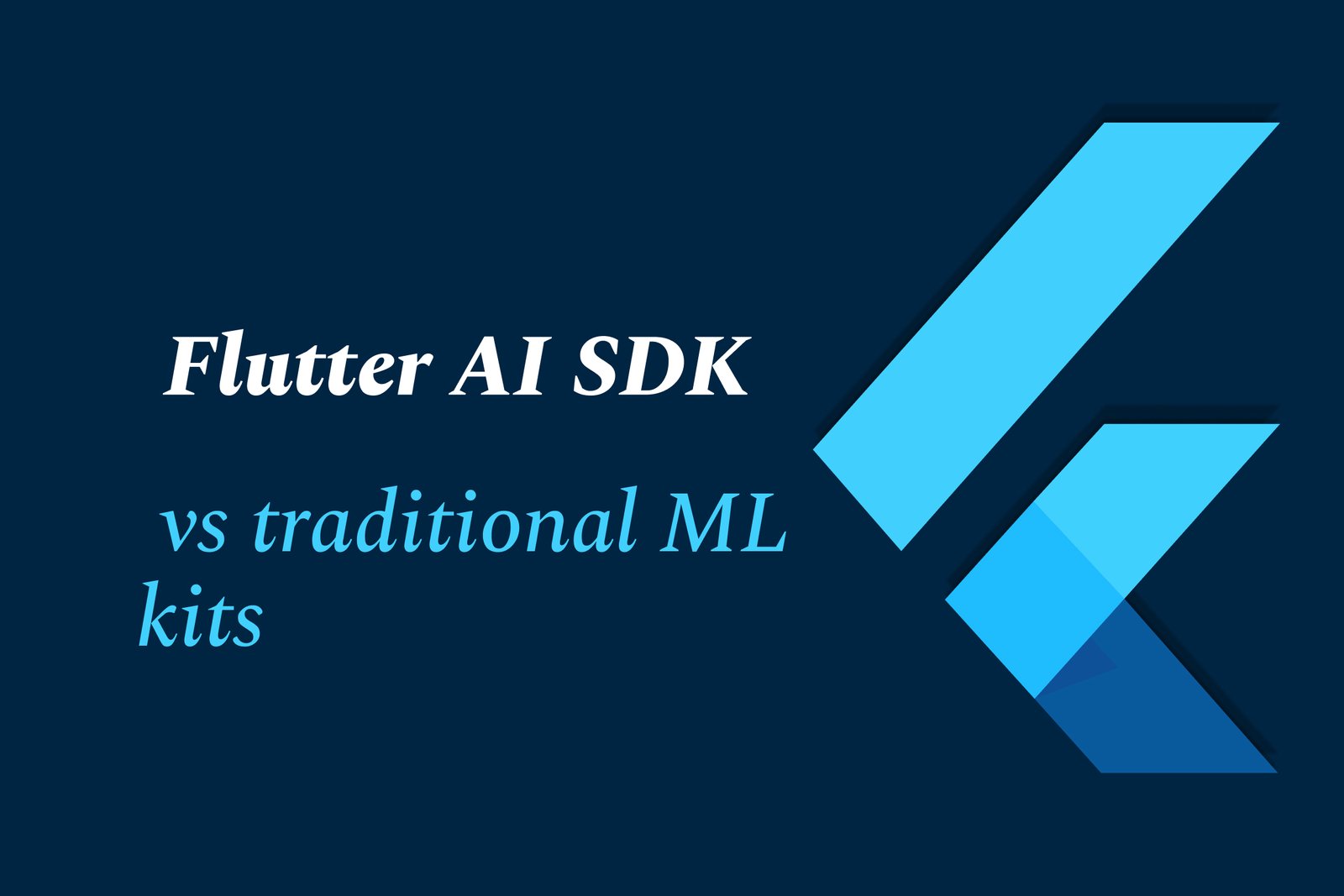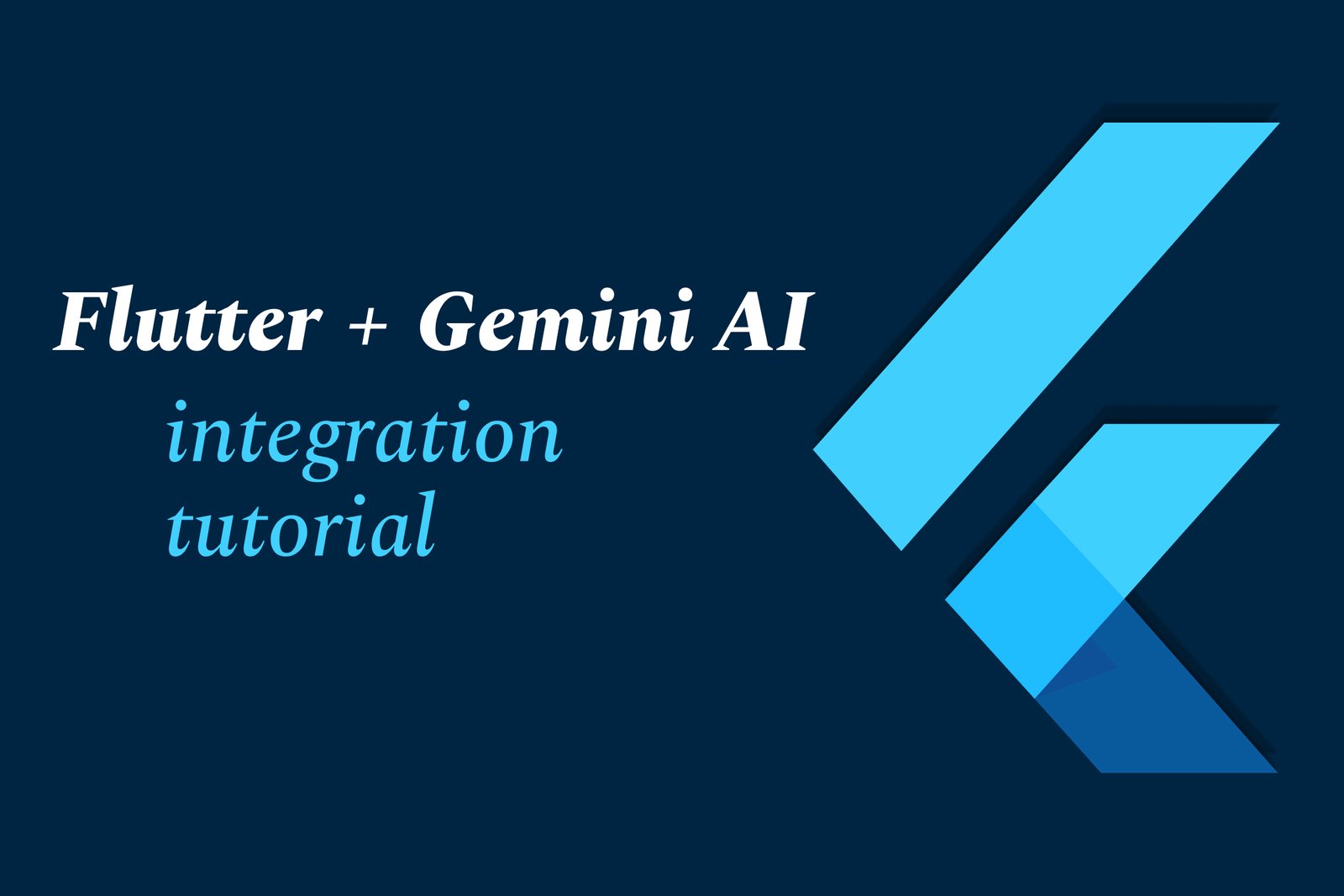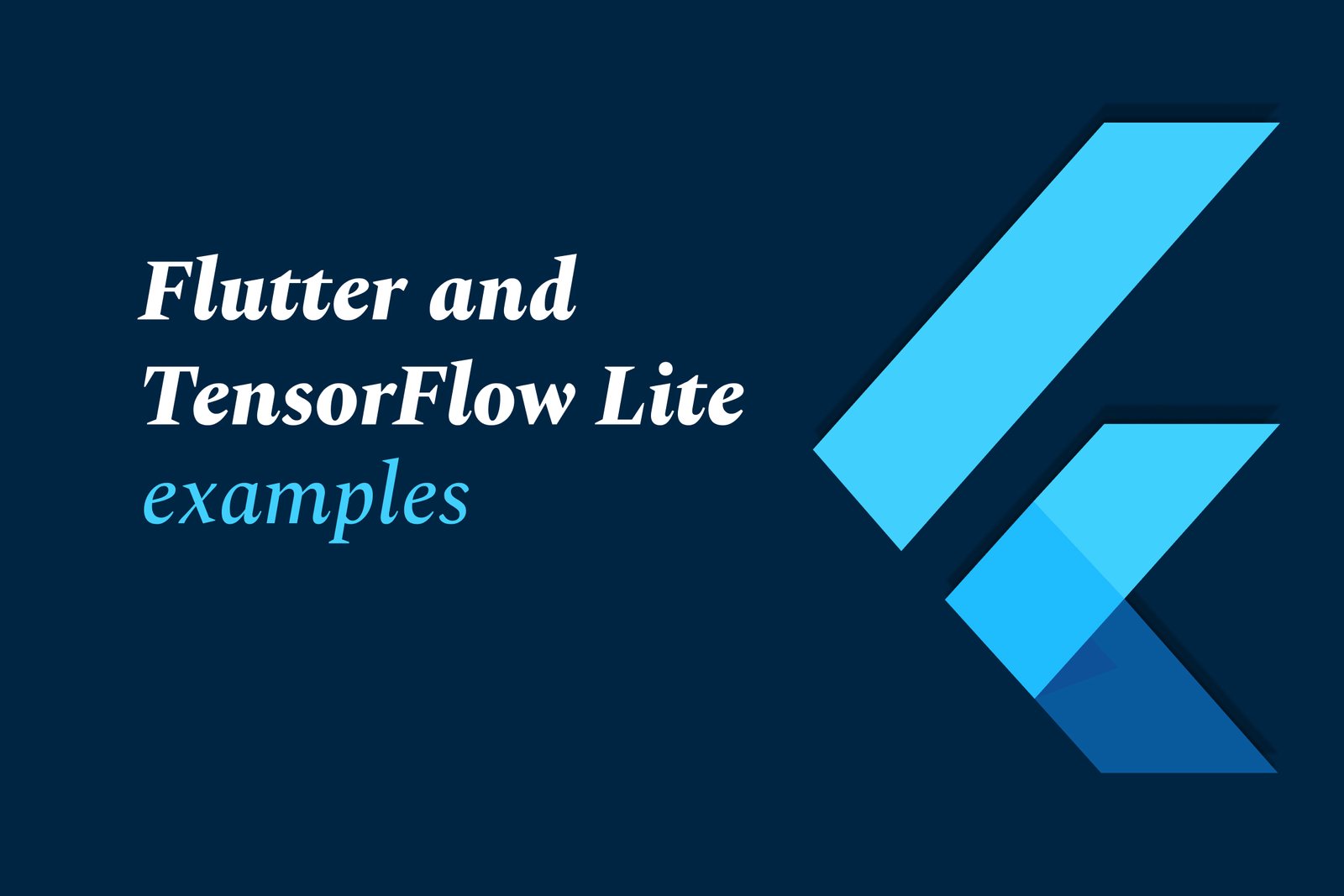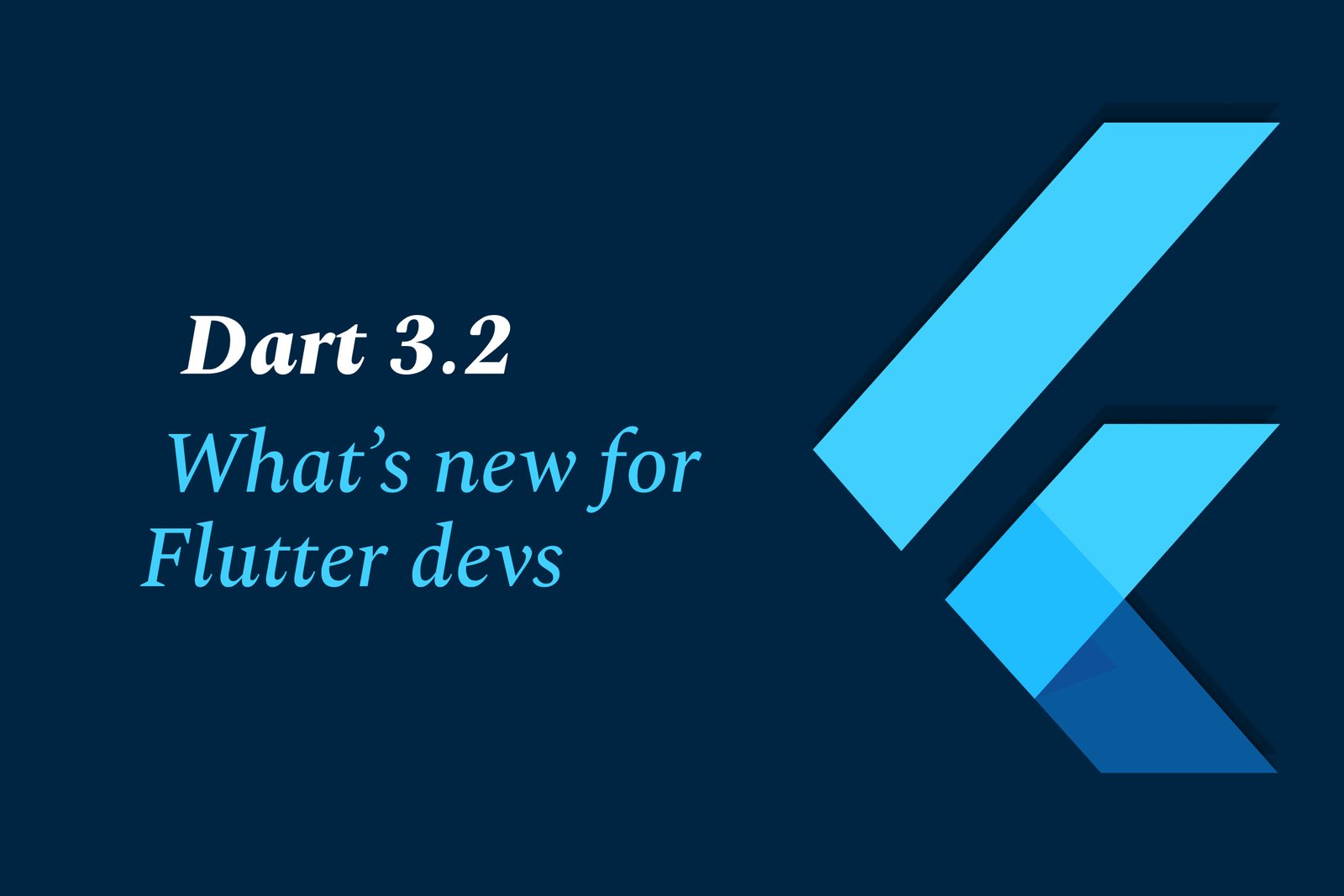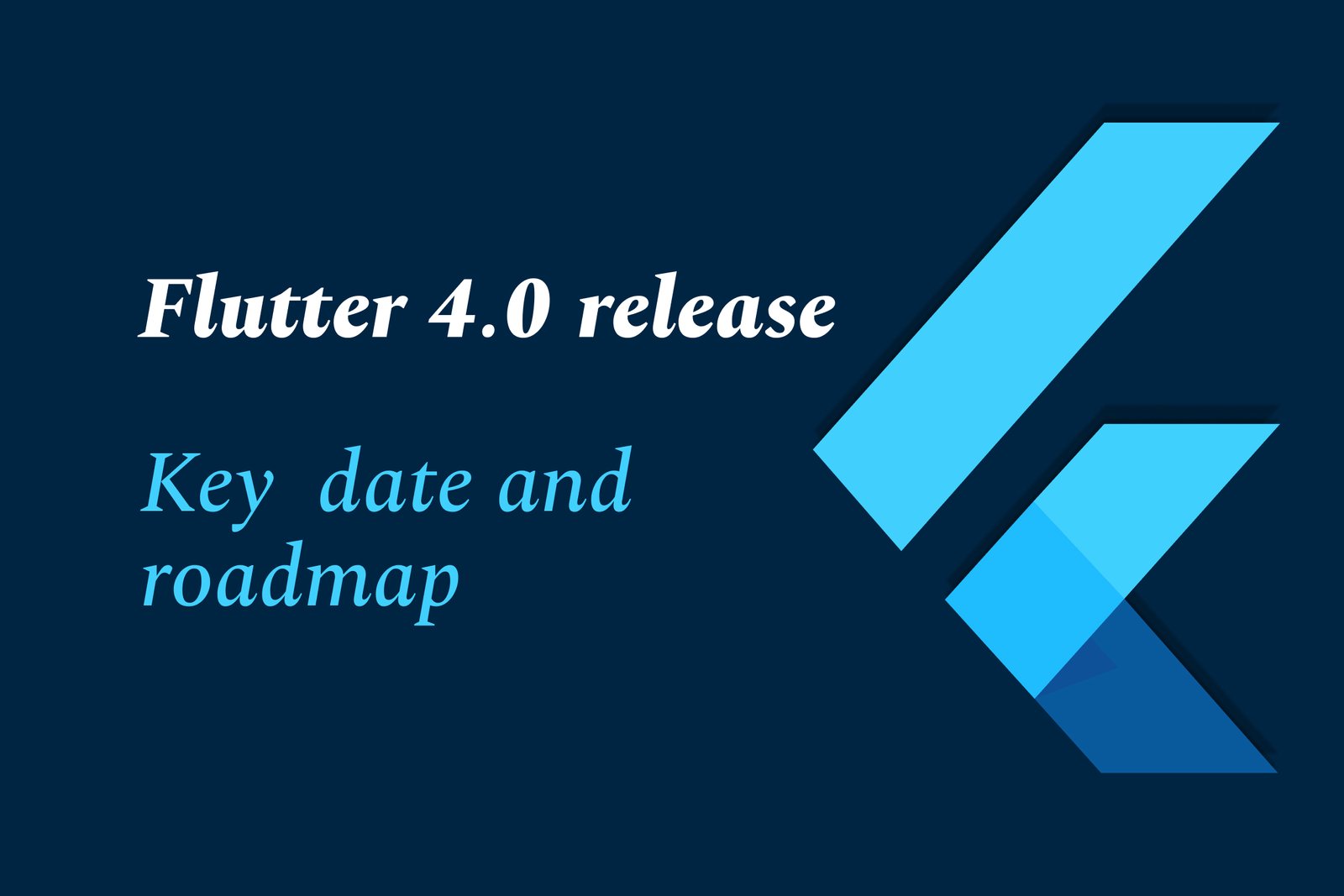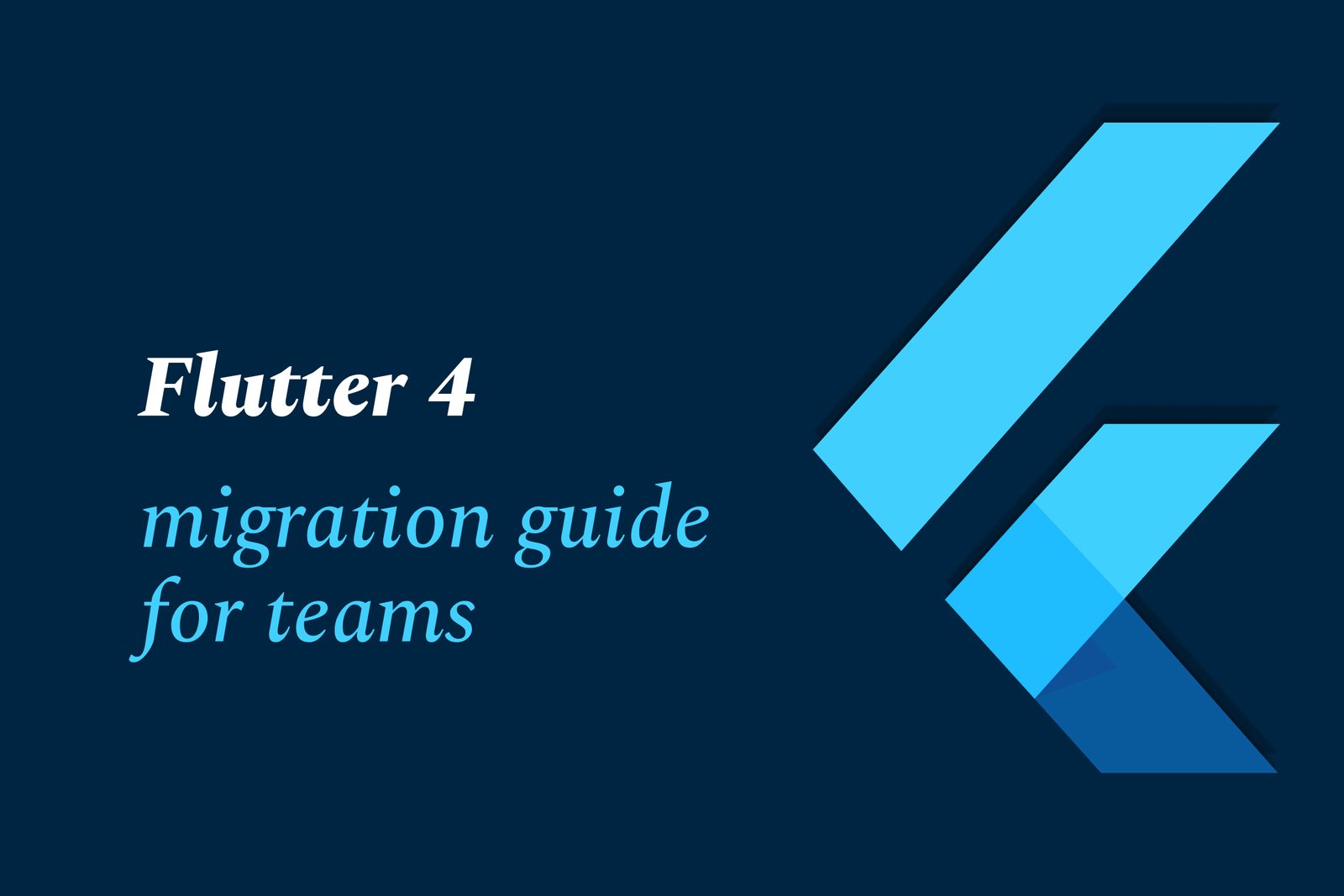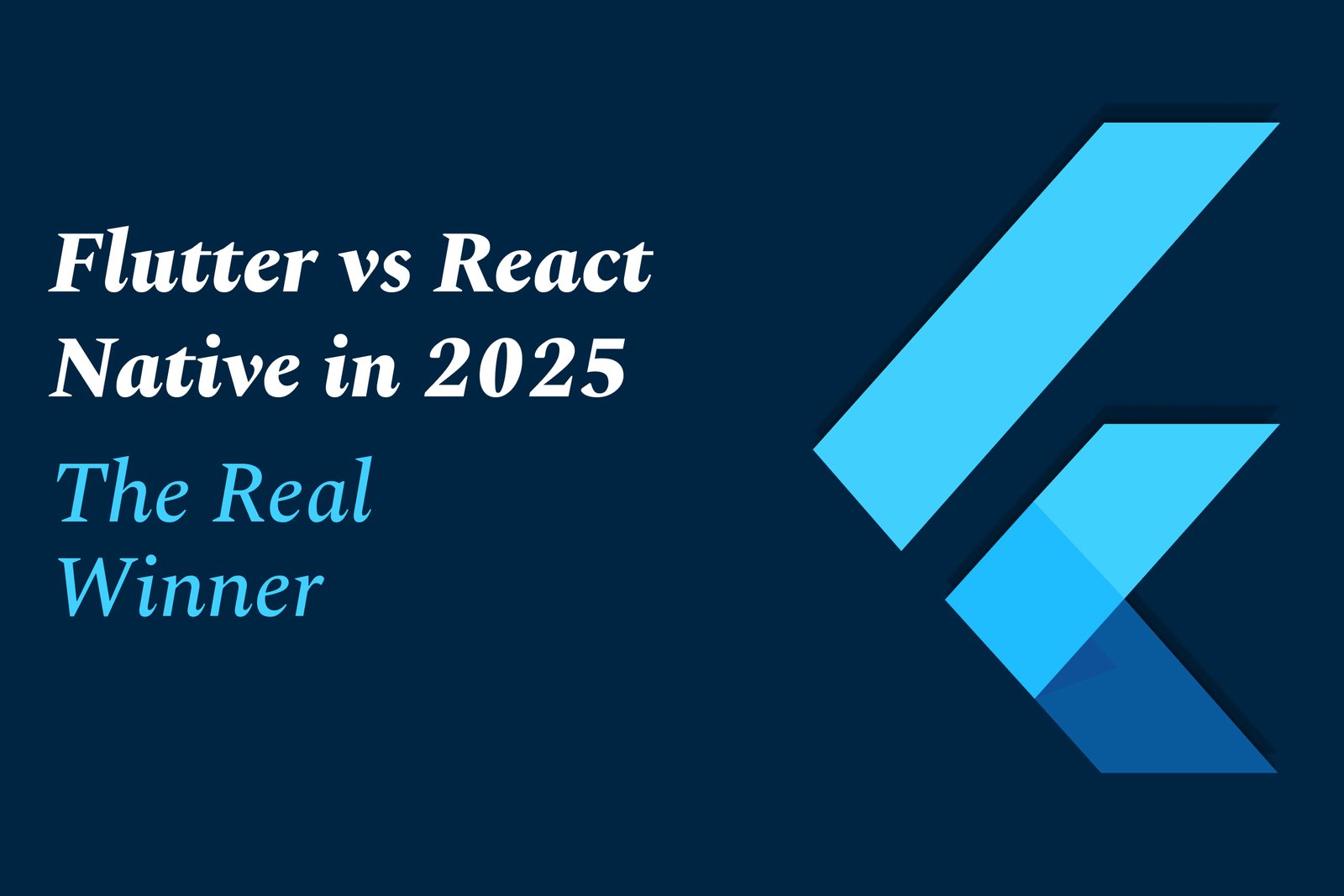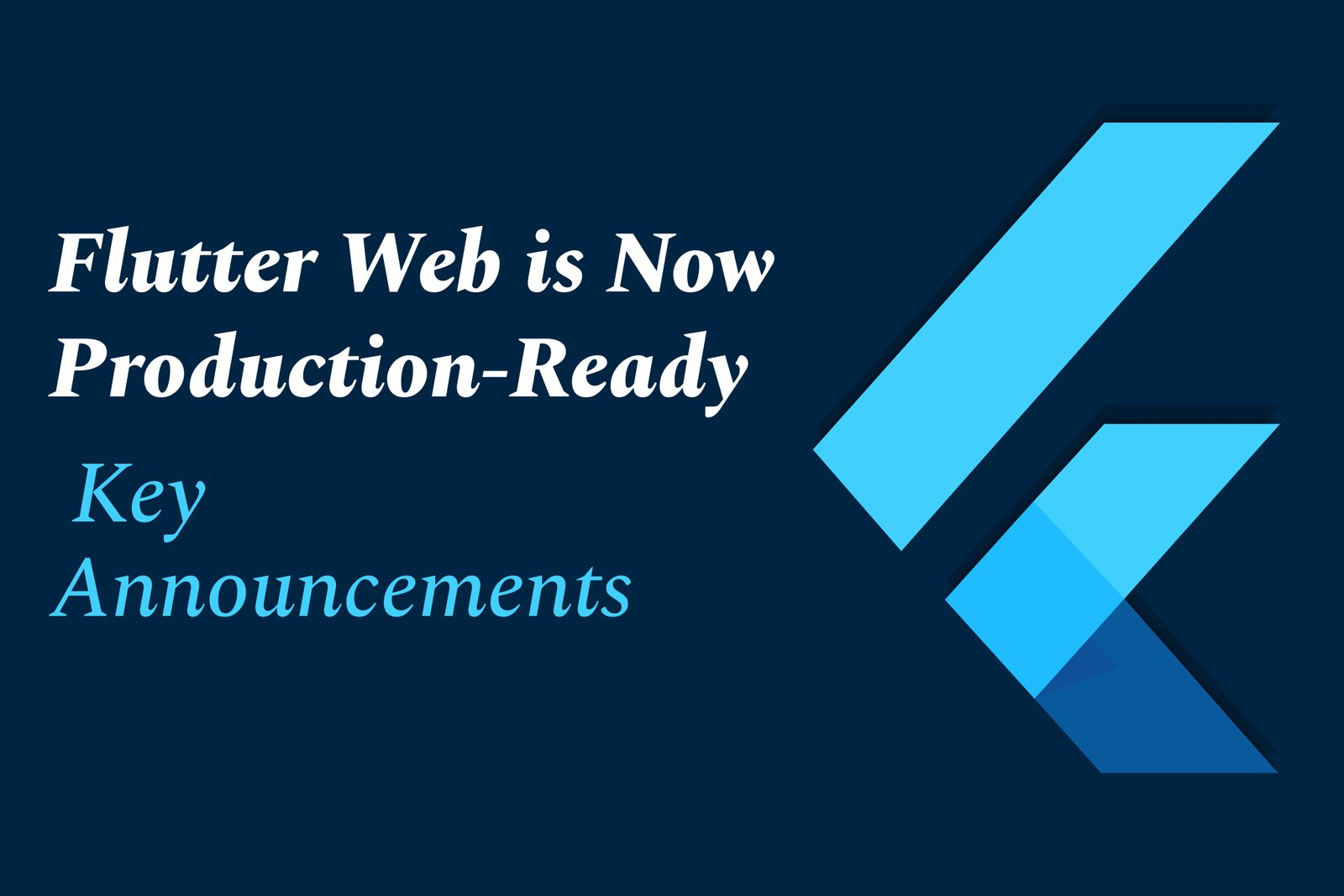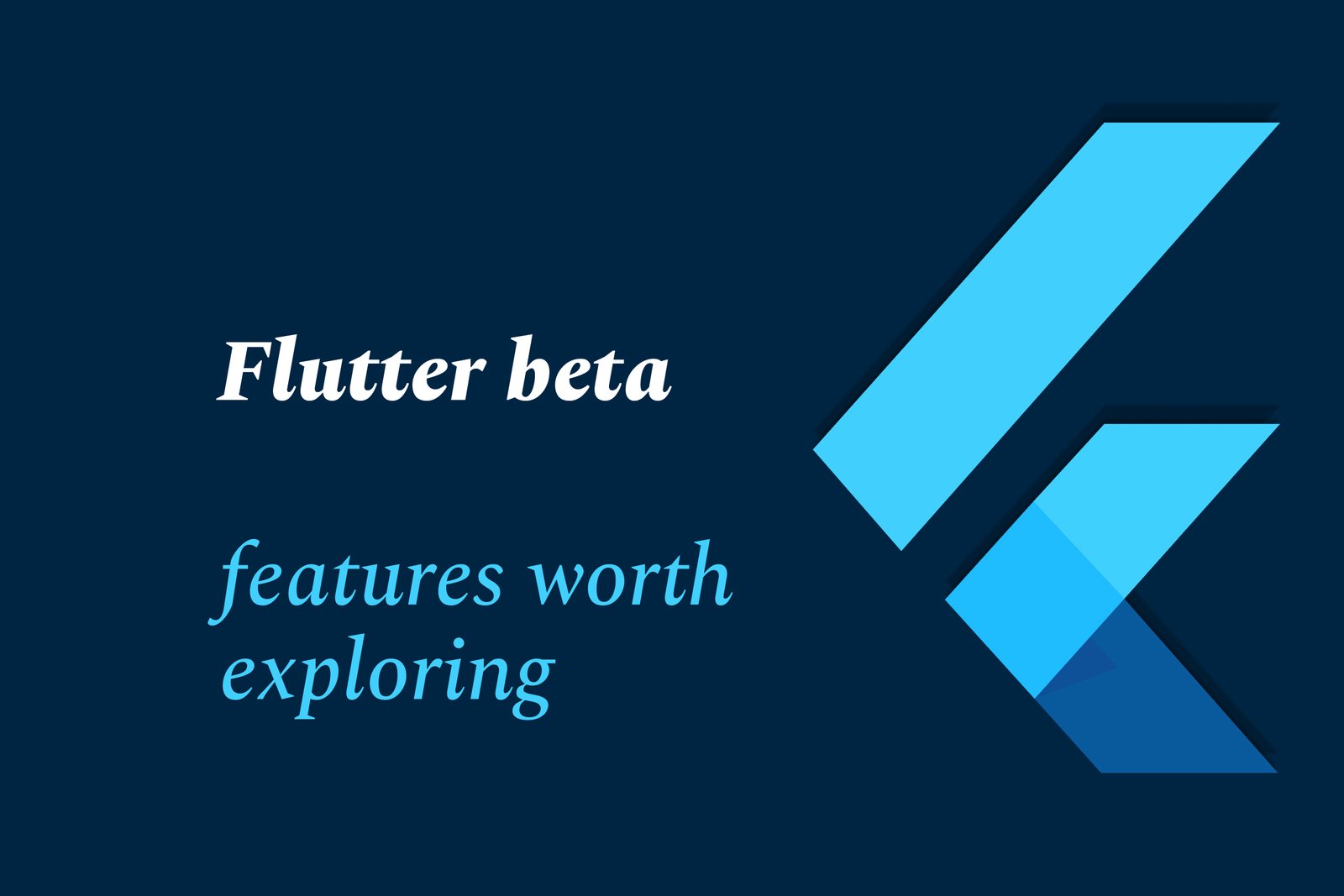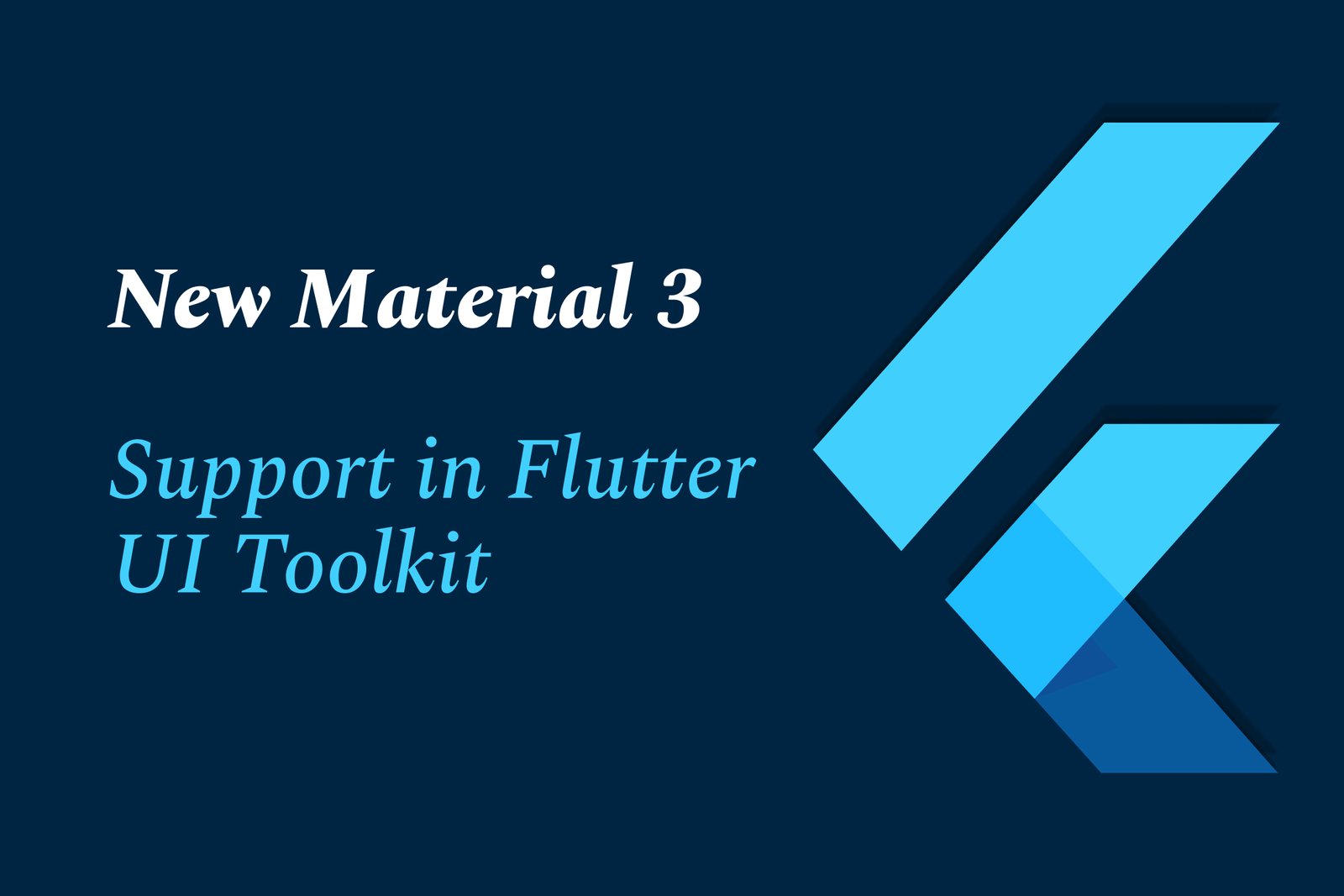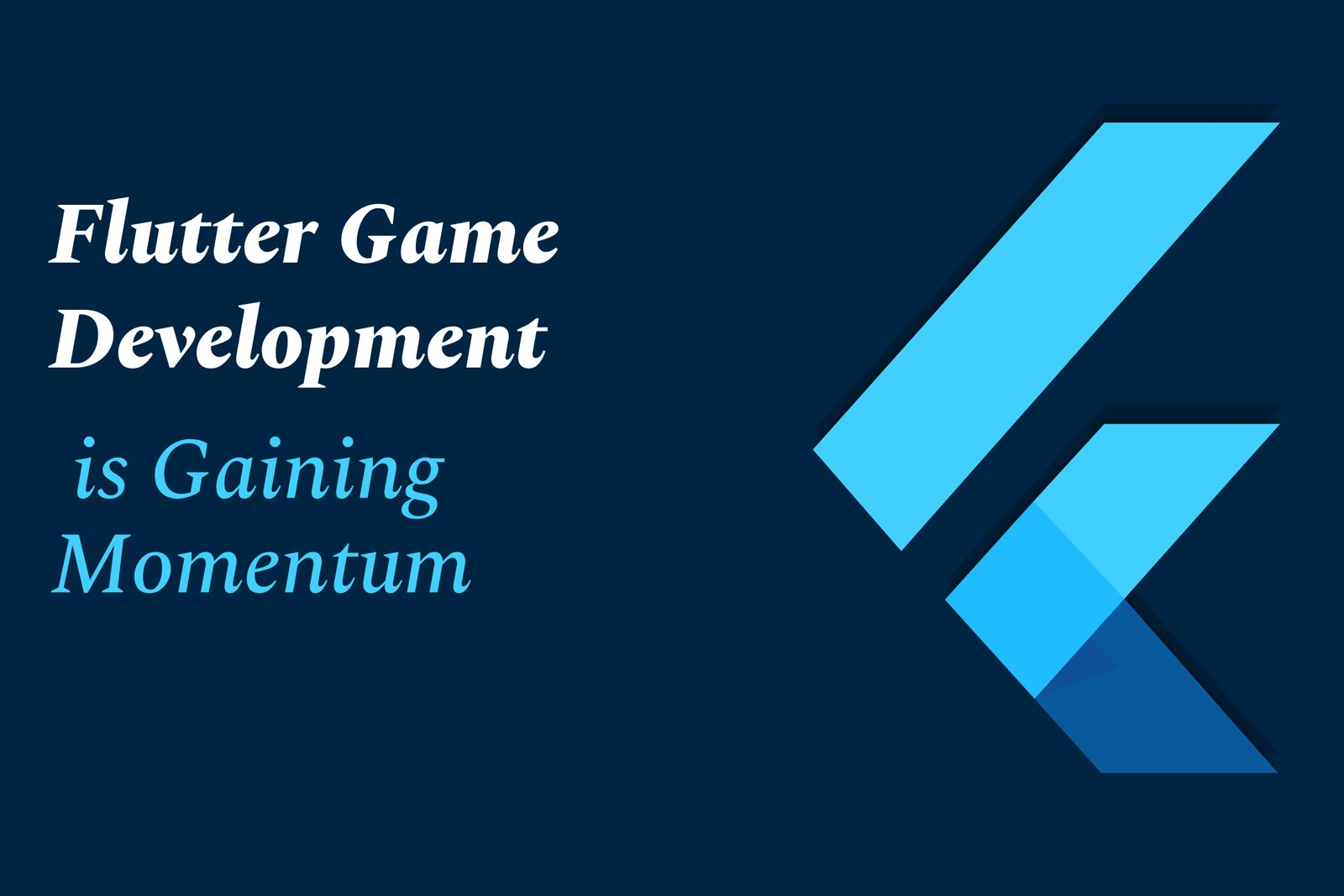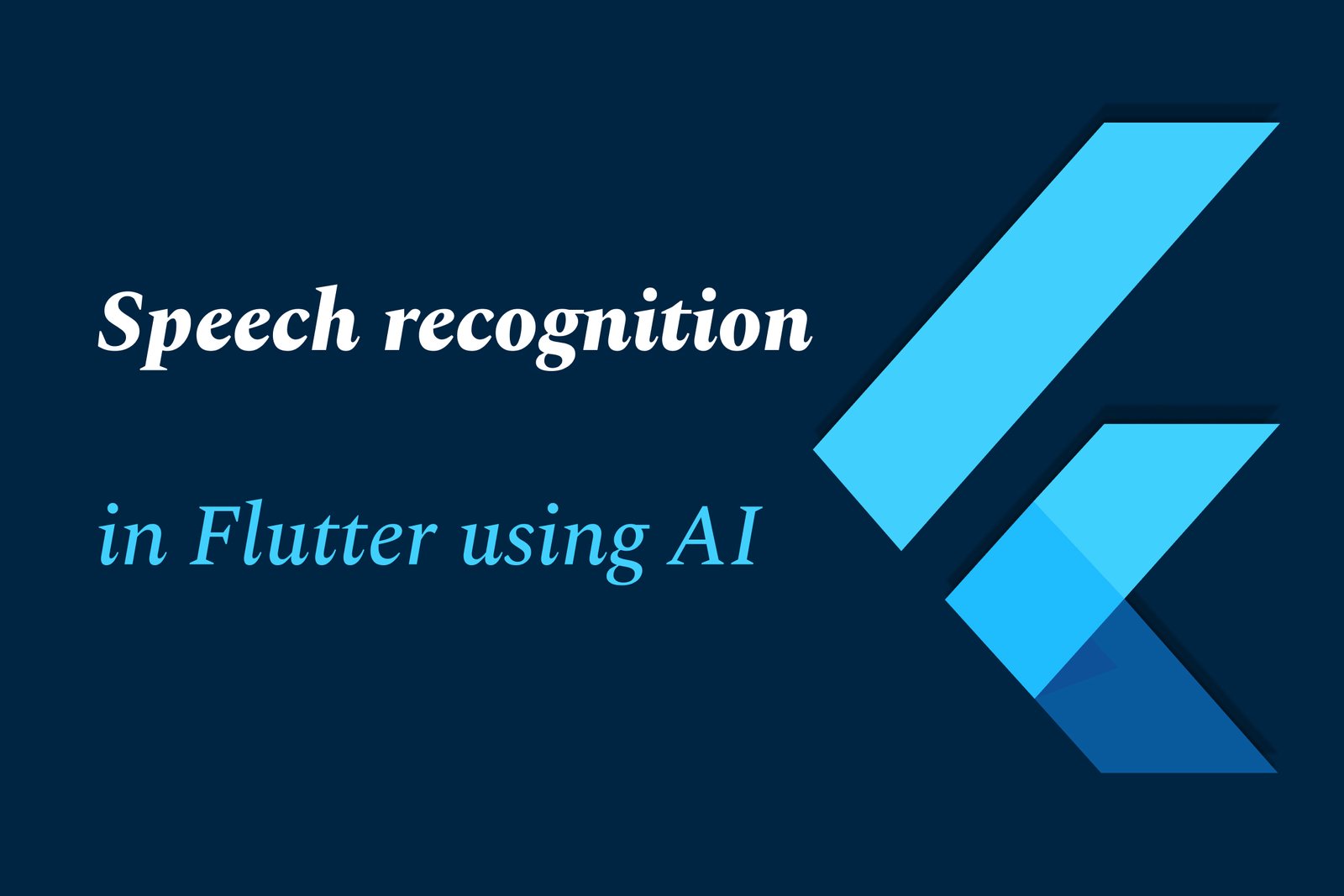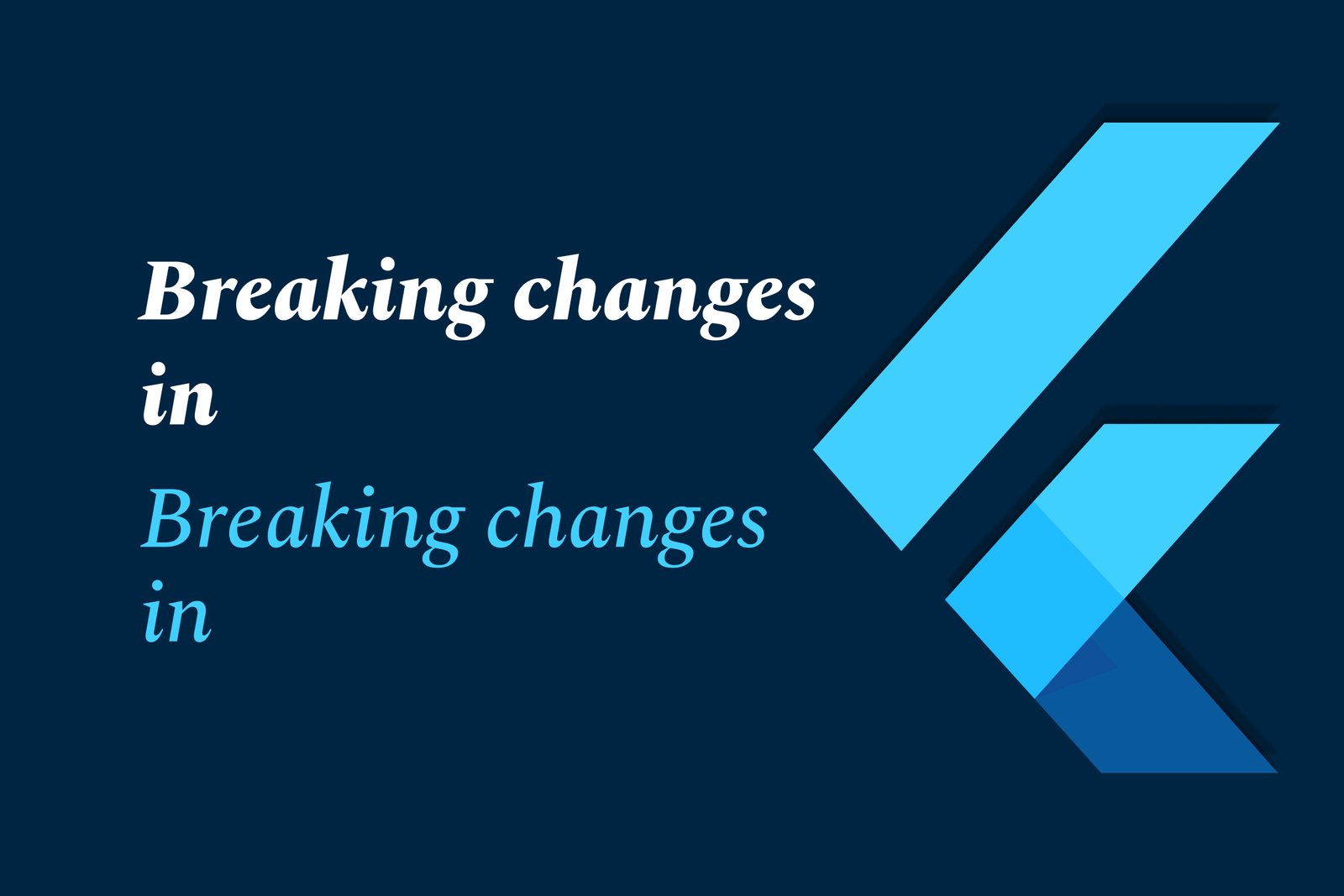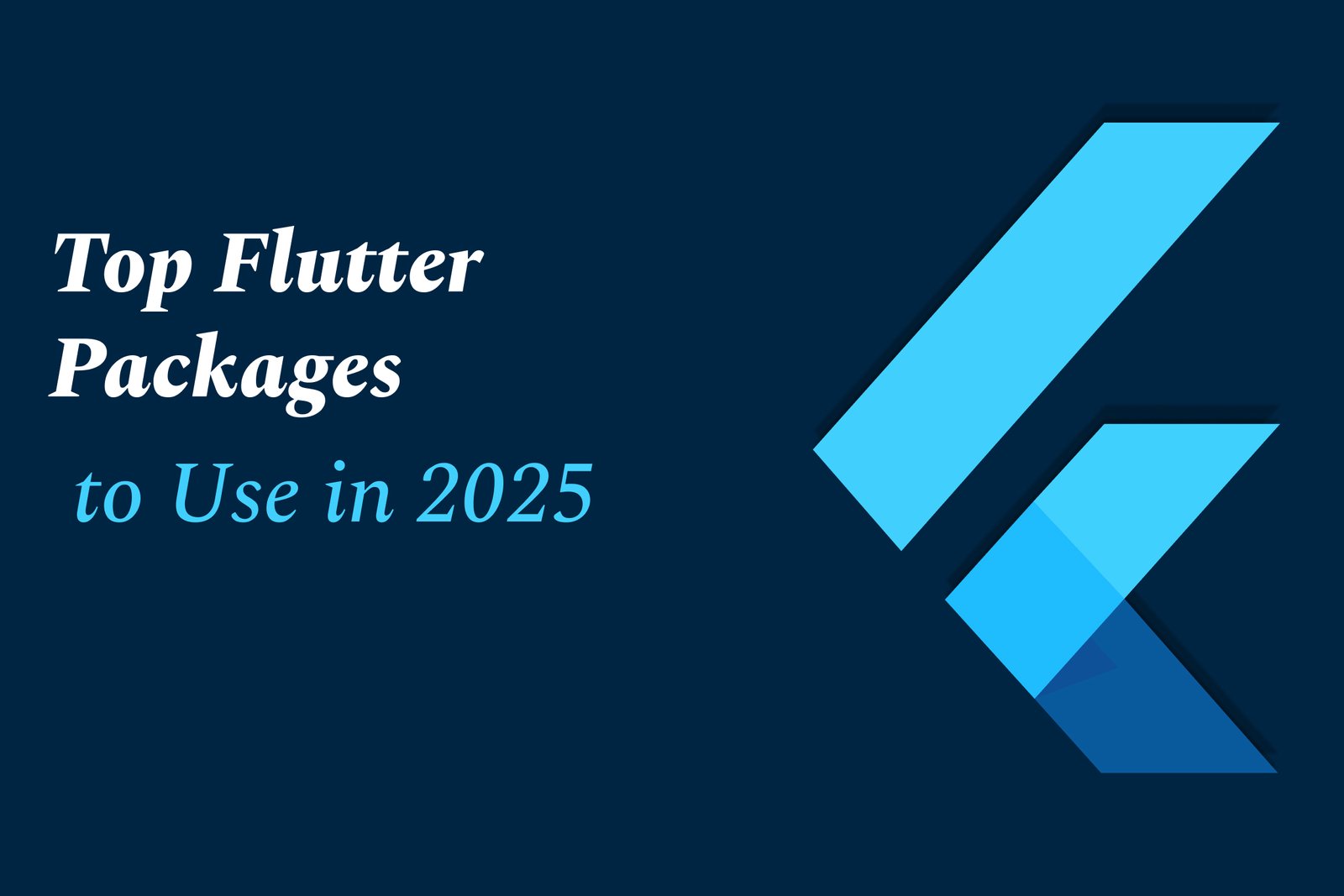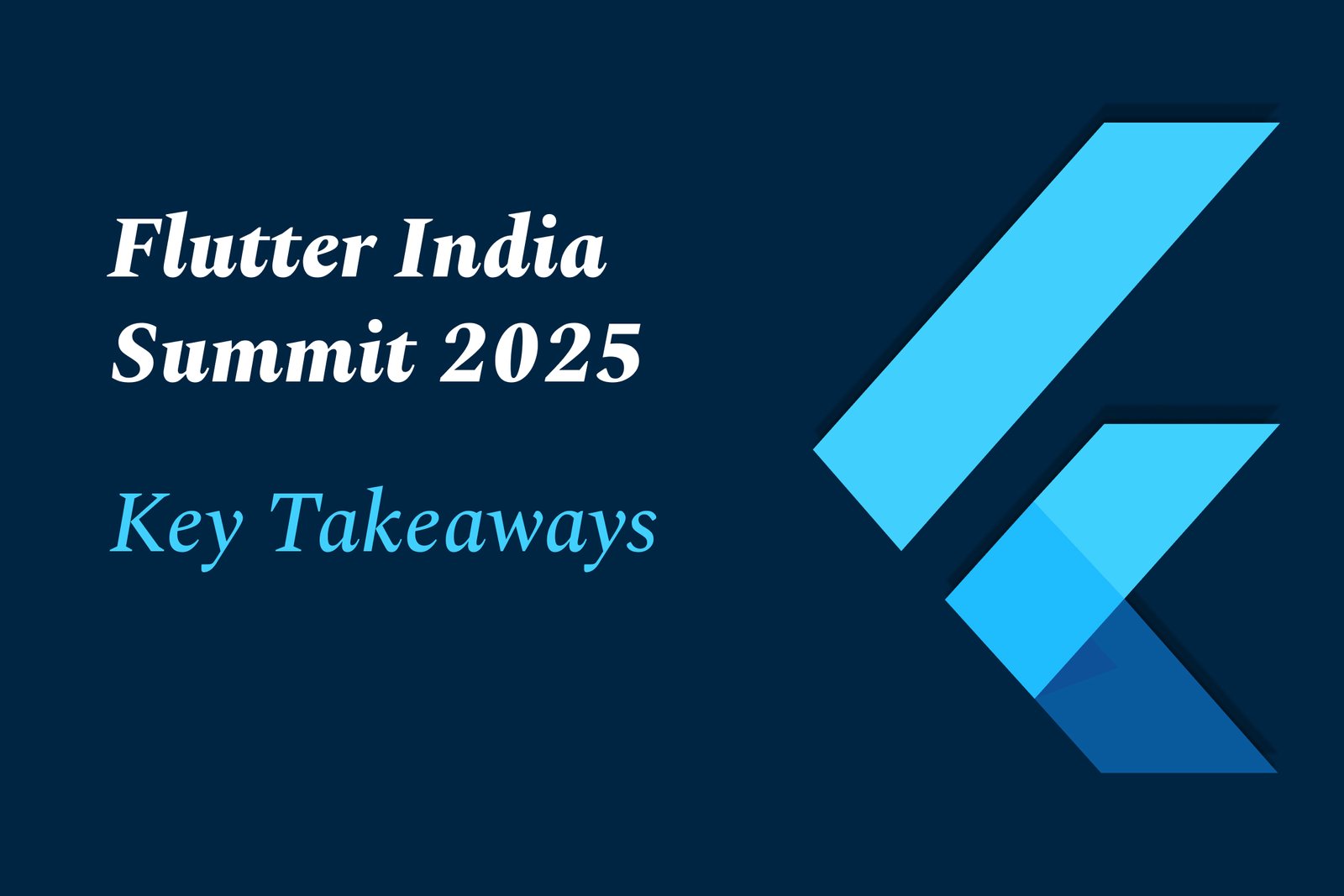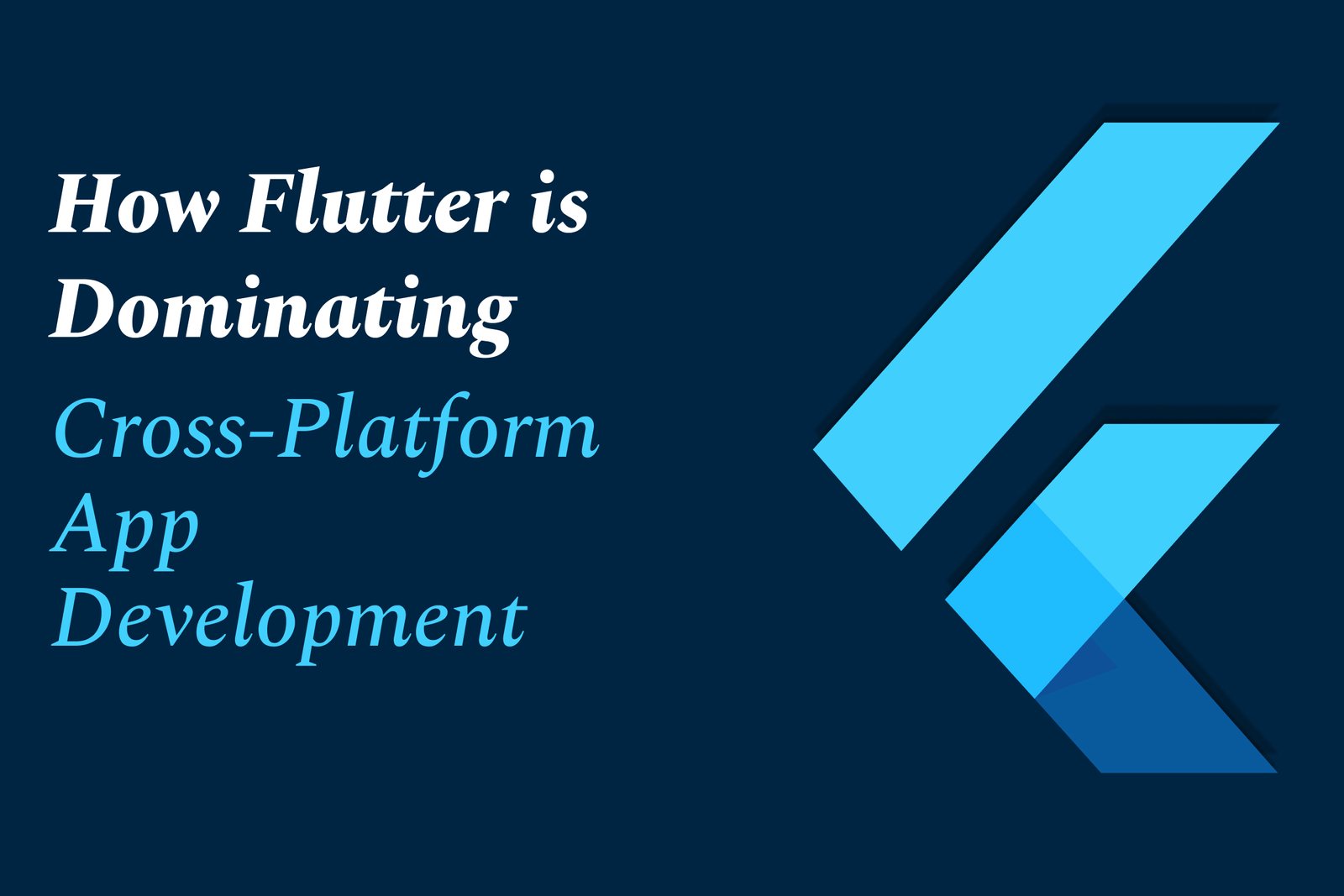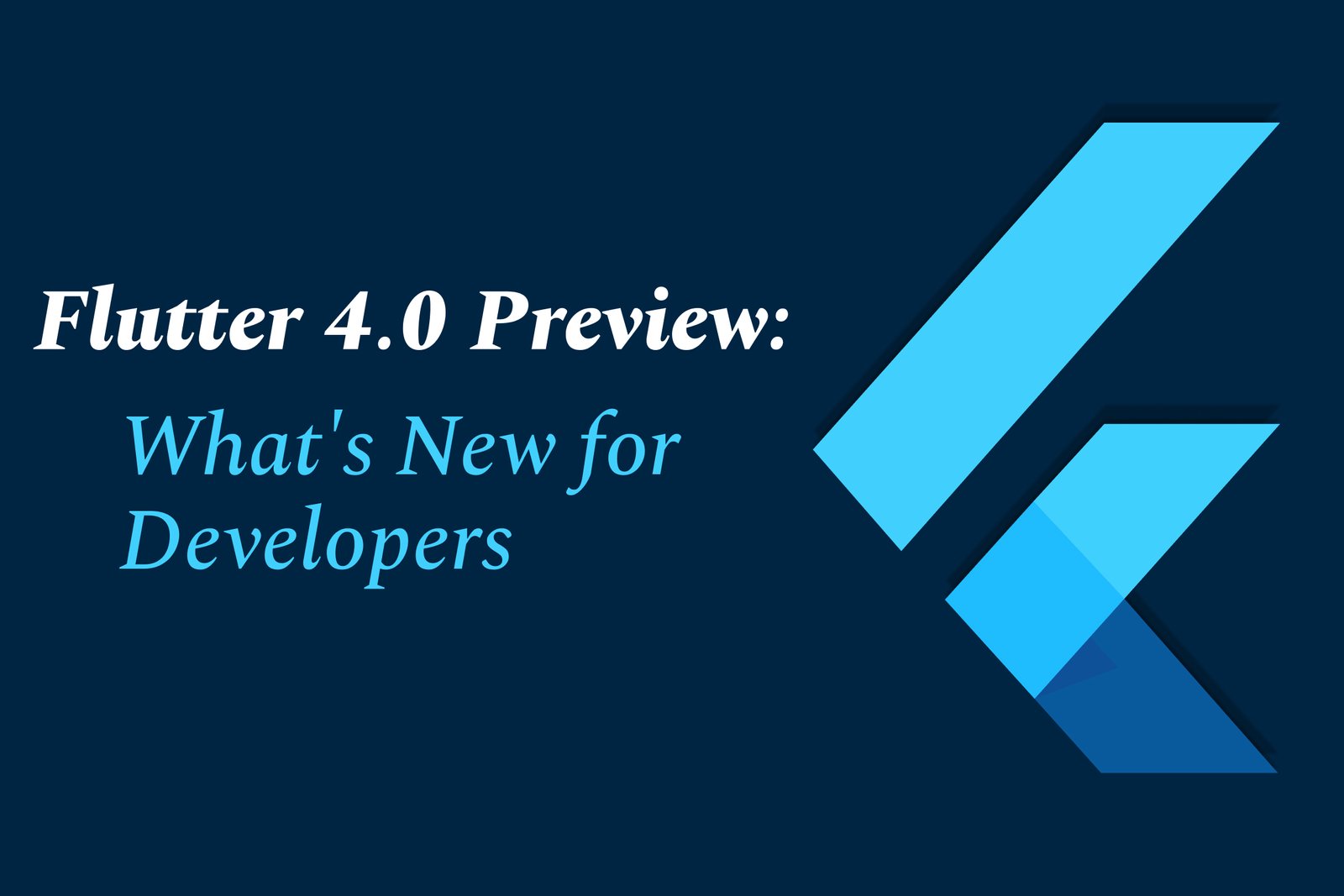Performance Testing in Flutter 4.0
Performance testing in Flutter 4.0 evaluates an app’s responsiveness, load times, and smoothness across platforms. It ensures optimal user experience by identifying bottlenecks, measuring resource use, and verifying seamless animations through integrated testing tools and real-device profiling.
Learn MoreMust-Have Flutter Tools for Designers
Must-have Flutter tools for designers include Figma plugins, FlutterFlow, and Panache, which streamline design-to-code conversion, enable rapid prototyping, and simplify theming—helping create polished, consistent Flutter app UIs faster and more efficiently.
Learn MoreDart 3.1 Released: Enhancing Flutter Performance
Dart 3.1, released alongside Flutter 3.13, enhances Flutter performance with faster rendering via the new Impeller engine, improved support for foldable devices, upgraded text input features, and better tooling—boosting app speed, visuals, and developer experience.
Learn MoreBuilding AI-First Apps with Flutter
Building AI-first apps with Flutter means creating intelligent, adaptive applications that integrate AI deeply from the start, using Flutter’s cross-platform framework for fast, seamless deployment across devices, combined with AI tools like Semantic Kernel for advanced capabilities.
Learn MoreFlutter AI SDK vs Traditional ML Kits
Flutter AI SDK offers customizable, seamless AI integration directly within Flutter apps for cross-platform use, while traditional ML kits provide ready-made, platform-specific machine learning features with less customization, often requiring native code bridges for Flutter compatibility.
Learn MoreFlutter + Gemini AI Integration Tutorial
The Flutter + Gemini AI integration tutorial guides developers to seamlessly combine Google’s Gemini large language models with Flutter apps, enabling AI-powered features like natural language understanding, real-time responses, and intelligent UI through easy SDK and API integration.
Learn MoreFlutter and TensorFlow lite examples
Flutter enables cross-platform app development with expressive UIs, while TensorFlow Lite brings on-device ML, including training. Together, they allow integrating efficient, adaptive AI models into Flutter apps for enhanced, personalized user experiences across devices.
Learn MoreDart 3.2: What’s New for Flutter Devs
Dart 3.2 introduces enhanced pattern matching, a new lint to avoid redundant null checks, improved type inference, and tooling upgrades—helping Flutter developers write cleaner, more efficient code with better performance and stronger error detection.
Learn MoreFlutter 4.0 Release Date and Roadmap
Flutter 4.0, expected in 2025, brings major upgrades like a faster rendering engine, improved performance, Material Design 3 support, enhanced accessibility, and stronger desktop/web integration—paving the way for smoother, more versatile cross-platform app development.
Learn MoreFlutter 4 Migration Guide for Teams
The Flutter 4 migration guide for teams outlines essential steps to smoothly upgrade projects, covering SDK updates, dependency compatibility, handling breaking changes, testing, and team collaboration to ensure a seamless transition and maximize new Flutter 4 features and improvements.
Learn MoreFlutter vs React Native in 2025: The Real Winner
In 2025, Flutter and React Native remain top cross-platform frameworks. Flutter excels in performance and smooth UI with Dart, while React Native offers a vast JavaScript ecosystem and rapid development. The best choice depends on project needs, skills, and app complexity.
Learn MoreFlutter Web Is Now Production-Ready: Key Announcements
Flutter Web is now officially production-ready, offering developers a fast, reliable way to build high-performance web apps using a single codebase across mobile, web, and desktop. Recent updates enhance stability, tooling, and ecosystem support for seamless cross-platform development.
Learn MoreFlutter Beta Features Worth Exploring
Flutter's beta features offer exciting enhancements like hot reload for web apps, improved app architecture tips, advanced Dart functionalities, and a simpler Riverpod state management syntax—boosting developer productivity and enabling smoother, faster Flutter app development.
Learn MoreNew Material 3 Support in Flutter UI Toolkit
Flutter's new Material 3 support brings updated widgets and design components aligned with Google's latest Material Design guidelines, enabling developers to build modern, visually consistent, and adaptive UIs across platforms with improved customization and enhanced user experience.
Learn MoreFlutter Game Development Is Gaining Momentum
Flutter game development is gaining momentum due to its ability to create high-performance, visually rich games with a single codebase for multiple platforms. Its fast development cycle, customizable UI, and smooth animations make it an increasingly popular choice among developers worldwide.
Learn MoreSpeech Recognition in Flutter Using AI
Speech recognition in Flutter using AI enables apps to convert spoken words into text by leveraging on-device or cloud-based AI models. This enhances user interaction with voice commands, supports multilingual input, and improves privacy and responsiveness across platforms.
Learn MoreBreaking Changes in latest Flutter version
Breaking changes in the latest Flutter version are updates that modify or remove existing APIs and features, requiring developers to adjust their code to maintain compatibility. These changes improve performance and add new capabilities but may impact app functionality if not addressed.
Learn MoreTop Flutter Packages to Use in 2025
Top Flutter packages in 2025 boost app development with optimized state management, smooth animations, efficient local storage, and powerful networking tools. They enhance performance, simplify code, and create modern, engaging cross-platform apps quickly and reliably.
Learn MoreFlutter India Summit 2025: Key Takeaways
Flutter India Summit 2025 is a premier event in Bangalore bringing together Flutter developers for inspiring talks, workshops, and networking. Co-located with droidcon India, it fosters community collaboration, expert insights, and advances Flutter’s growth in India and beyond.
Learn MoreHow Flutter Is Dominating Cross-Platform App Development
Flutter is dominating cross-platform app development by enabling developers to build high-performance, visually consistent apps from a single codebase. Its unique rendering engine, extensive widgets, and fast development cycle deliver seamless experiences across mobile, web, and desktop platforms.
Learn MoreHandling user input in flutter
Handling user input in Flutter involves using widgets like EditableText and TextField to capture and manage user text, customize keyboard actions, and validate input through forms, enabling seamless, interactive, and validated data entry within mobile and web apps.
Learn More